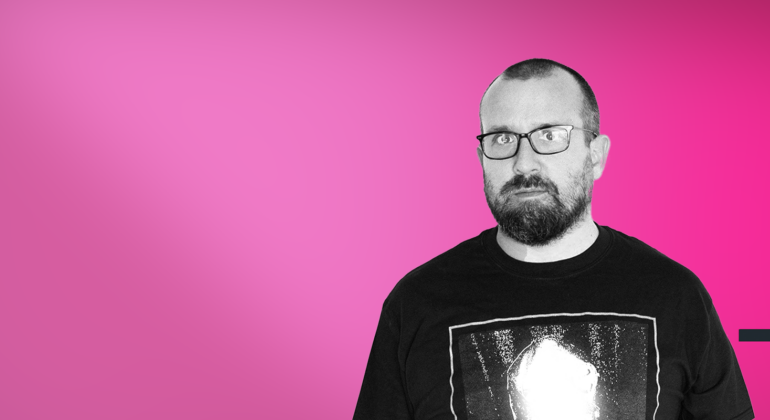In what would prove to be a natural sequel to January’s event, Kiterocket hosted a discussion that aimed to define content marketing by way of examining successful case studies. After a chicken wing and Fernet-fueled meet-and-greet, the evening’s moderator and social media maestro, Steve Farnsworth, focused the attention to the front of the venue, where the panelists would soon take command.
The panel consisted of three top-flight content marketers: Jennifer Burnham, director of social strategy and content at SalesForce; LaSandra Brill, senior director of paid and earned media at Symantec; and Erin Robbins O’Brien, gun-slinging Texan and COO at GinzaMetrics.
Each panelist was given 5 minutes to present their case study. Despite the efforts of Mr. Farnsworth, however, it became apparent early on that more time would be necessary.
What follows are some of the highlights that this blogger found most interesting. If you feel like I’ve missed something, please feel free to add it to the comments below.
Better to Ask for Forgiveness Than Beg for Permission
LaSandra was heading up Oreo’s social media team when she was presented the opportunity of a lifetime. During the Super Bowl, the most advertisement-heavy sporting event in history, a blackout occurred. As the players, announcers, and indeed the energy utility scrambled, LaSandra rallied her troops to produce what was likely the most memorable ad of the night.
Had LaSandra waited through the approval stages required to produce a tweet on behalf of the Nabisco brand, the opportunity would have expired. To engage with your audience, you have to act like a @JoeSchmo tweeter, and @JoeShmo doesn’t ask anyone to approve a tweet. Sometimes it pays to be a cowboy. Then again, sometimes it doesn’t.
What Are People Actually Talking About?
If you don’t know how to fill your content marketing channels, Erin offers a simple solution: Listen. By listening to your target audience, you’ll find out what they’re really looking for and what questions they’re asking. The example she used was a running shoe company.
Rather than employing the run-of-the mill marketing or social media strategy of showing people wearing your shoes, or simply talking about your product, offer your audience content that adds value. Example: A round-up piece of trails or paths runners can explore when travelling to metropolitan areas for business. It’s not about selling the swoosh, it’s about offering tangible information watermarked with the swoosh. Simply put, successful content marketing solves your audience’s problems.
Build It and They Will Come
Jennifer has successfully built out a community of writers incentivized simply by the desire to market themselves — and it makes perfect sense.
Jennifer engaged with a handful of experts, seeking them out one by one based on their skillsets, and commissioned them to produce content by as asking a basic question: What do you know?
Of course, I’m paraphrasing here. Jennifer’s engagement with these writers was comprehensive, and more importantly, genuine. The writers used the opportunity to showcase their knowledge on any given topic, thus marketing themselves. As these articles gained traction, Jennifer’s pool of writers grew into the successful content marketing program it is today.
Each presenter brought a truly unique perspective on the nebulous world of content marketing. That said, there was one common thread woven into each of their case studies: Be genuine.
For pictures and snippets of wisdom from Thursday’s event, check out the Impress Labs Facebook page, or follow us on Twitter. This isn’t the last event we’ll be hosting, so be sure to check back soon for details


